What is a stout, and how is it made?

Historically favored in Great Britain and Ireland, stouts are now widely available around the world. Guinness, in particular, has become a global symbol of stout beer, but it represents just one of many varieties in this category.
"Essentially, a stout is a very dark beer characterized by its strong roasted flavor," explains Jeff Manol. He notes that the deep color of stouts comes from "highly roasted unmalted barley that is roasted at very high temperatures (similar to coffee) in drum roasters." The kilning process involves drying sprouted barley (or malt) at varying temperatures to achieve the desired roast and color. This technique enables maltsters "to develop a rich, coffee-like, almost charred roast profile without igniting the barley during the kilning process."
Stouts are classified as "ales" and traditionally have a higher alcohol content compared to other beers. However, Manol points out a common misconception about these brews today. "Don't assume that just because a beer is dark, it’s 'heavy' or has a higher alcohol content," he cautions. For instance, a dry Irish stout like Muddy York's Dara Dry Stout has an alcohol by volume (ABV) of just 4.2%, which is comparable to Coors Light. "Yet, the flavor profile and mouthfeel are much richer and more complex due to the roasted barley and the earthy character of English-grown hops." If you enjoy these flavors, stouts might be the perfect choice for you. Plus, you can now find a stout at nearly any ABV.
There are many varieties of stout
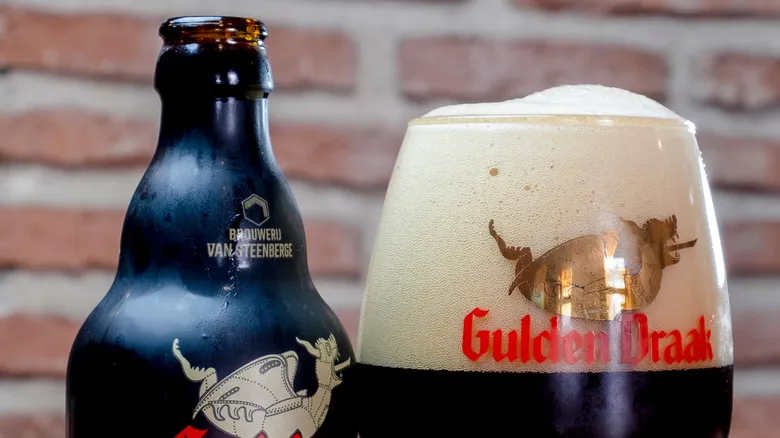
Irish stouts are probably the type you're most acquainted with. They typically have a deep black hue and feature a robust roasted flavor reminiscent of coffee, often with subtle notes of dark chocolate. Their taste can vary from slightly sweet to quite bitter and dry. "But don't limit yourself to just a dry Irish Stout," advises Jeff Manol. There are numerous styles available for the adventurous beer enthusiast, each with distinct flavor profiles and a broad spectrum of alcohol content. American stouts are generally stronger, more bitter, and hoppier. Foreign extra stouts showcase more intense roasted flavors and are notably dark, rich, and dry.
Oatmeal stouts are another popular type, incorporating oats into the brewing process. They are full-bodied, with a roasty character that harmonizes well with the sweetness of the oats. Tropical stouts, while very dark, offer a smooth, sweeter, and fruitier flavor profile. Sweet stouts are also dark and full-bodied, but a sip can remind you of sweetened espresso or coffee with cream.
According to Manol, the Russian Imperial Stout, which was originally crafted for the Russian Imperial Court, is the most robust of the stouts. "These bold beers often reach an ABV of 10-12% and can be aged beautifully, much like high-quality wine," he notes. For beer aficionados, the realm of microbrewing is rich with options, and new variations of beloved styles emerge frequently. Muddy York is set to introduce their Inkwell Imperial Stout, which undergoes a complex aging process. "We often age these substantial beers in French Cognac, Tawny Port, or Sauternes barrels to enhance their complexity," Manol explains. It’s reminiscent of a fine Scotch.
What's the difference between a stout and a porter?
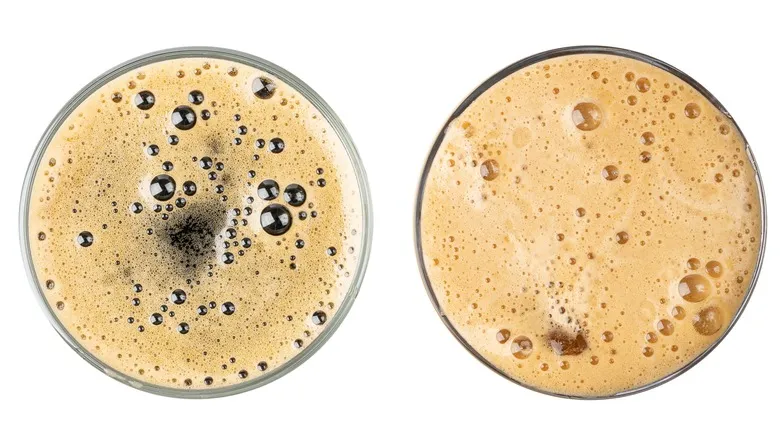
There are various styles of both light and dark beers, with stouts being one specific type of dark beer. Confusion often arises between stouts and porters, particularly since stouts historically developed from porters. Porters, which were quite popular in London, England, before the Industrial Revolution, are also classified as dark beers. Jeff Manol explains, "Before the advent of the coke-fired kiln, brewers and maltsters had to dry barley over wood fires, which typically resulted in a darker malt." Consequently, the beers produced during that era tended to be darker in color.
The stronger porters brewed at that time began to be referred to as "stout porters" to set them apart from their lighter counterparts. Manol notes that the earliest mention of this term dates back to around 1677. "As malting and drying methods improved during the Industrial Revolution, brewers gained better control over the color of the malt," he adds. "This led to the evolution of the stout style, allowing it to diverge from its porter origins."
In contemporary brewing, stouts are no longer simply a subset of porters. The key difference lies in the use of malted versus unmalted barley. What does this mean for the consumer? "Stouts tend to have a flavor and aroma reminiscent of coffee or espresso, while porters are characterized by a dark chocolate profile," Manol clarifies. Although there is some overlap in their flavor profiles, he emphasizes that they are distinct. "Once you sample them side by side or compare them to a dark lager," he states, "the differences should become apparent."
How should you pour and serve a stout?

Some individuals prefer to pour beer against the glass's side to reduce foam and increase the liquid volume, but many experts argue that this isn't the optimal method. The foam, or "head," atop your beer plays a crucial role in the overall experience, and releasing some of those gases can even aid digestion. This is especially true for stouts, where achieving the perfect head is essential. There has been much discussion and writing about the ideal way to pour a pint of Guinness in particular.
Charlotte Ives suggests that the head on a stout should be about two fingers high, have a smooth, velvety texture, and should not be served too cold. Jeff Manol concurs, stating that serving it cold is not advisable. He recommends letting the can or bottle sit on the table for about 10-15 minutes to allow it to warm slightly. If it's too cold, he warns, you won't experience the full flavor or smoothness.
"Traditionally," Manol explains, "stouts were served directly from wooden casks stored in the cellar beneath the tavern, dispensed by a 'cask engine' or hand pump that draws the beer from below." These casks were not highly carbonated and were typically around 50-55°F. He notes that this combination of low carbonation and temperature is ideal. "[It] creates a very smooth and easy drinking experience that doesn't cause bloating and pairs well with food."
So, what's all this about nitro?
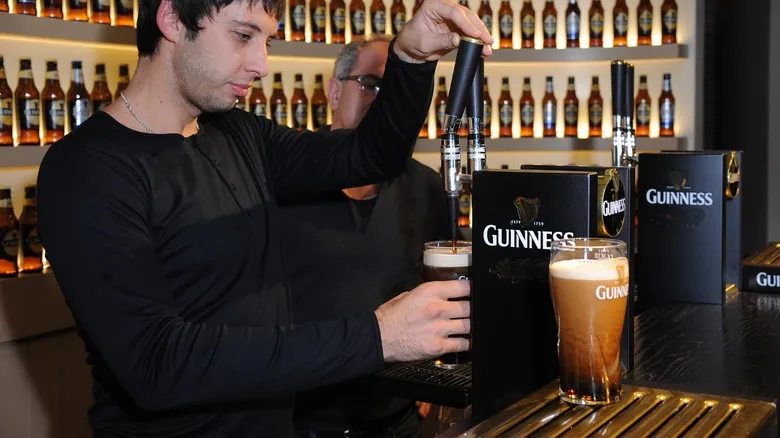
Even Starbucks has jumped on the nitro cold brew trend. But nitrogen isn't just making its way into your coffee; it's also making waves in the brewing industry. So, what exactly is nitro beer? Nitrogenated beers gained popularity thanks to Guinness, which began infusing nitrogen into its stout casks back in 1959. The addition of liquid nitrogen is designed to ensure consistency and replicate the smooth head of their traditionally hand-pumped cask ale.
Guinness famously utilized a two-barrel system for pouring pints, a method that is difficult to replicate on a larger scale. When these low-carbonated beers are bottled and shipped globally, they can lose their signature appearance and texture. The infusion of liquid nitrogen into the stout occurs through a highly pressurized process, and upon opening, it rapidly escapes, creating a stunning rush of tiny bubbles that contributes to that ideal velvety head.
"Nitrogen doesn't dissolve in liquids as easily as carbon dioxide, which is the typical gas used in beer," explains Jeff Manol. "It also produces smaller bubbles, resulting in a 'creamy' texture," as opposed to a sharper, fizzy carbonation. This technique initially gained traction with stouts and porters, as that creamy mouthfeel is integral to their drinking experience. However, it has since expanded, with brewers of various beer styles now experimenting with nitro brews.
What should you pair with a stout?
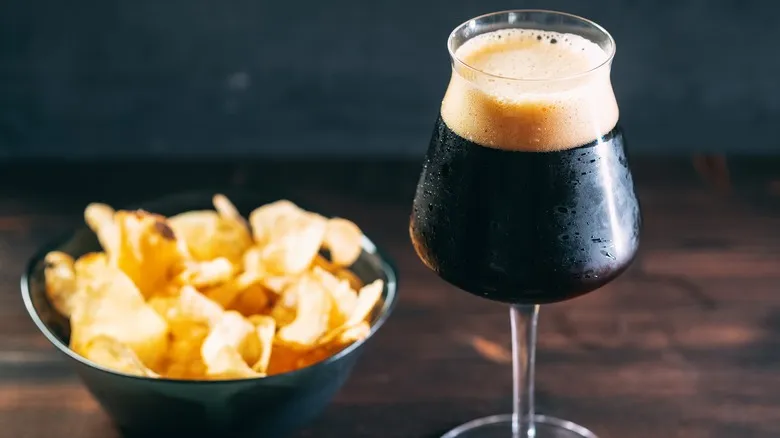
If you enjoy a snack alongside your pint, you might want to explore the perfect food pairings for stout beers. According to Jeff Manol, "A richer stout pairs wonderfully with hearty, robust meats." You can savor a pint with some indulgent BBQ. If you prefer a cheese platter, he suggests opting for "more adventurous cheeses like Stilton" and other blue varieties to complement your drink. On the other hand, Charlotte Ives enjoys pairing her stout with something sweet, such as a slice of cake.
So, whether you're sipping your Guinness with a basket of fried treats at the pub, sharing a charcuterie board at a dinner gathering, or enjoying it with dessert, you really can't go wrong. In fact, you can even mix it with another beer — try a black and tan by filling half your glass with a lighter ale and topping it with stout, which is less dense and will float on top.
You can try cooking with stout, too
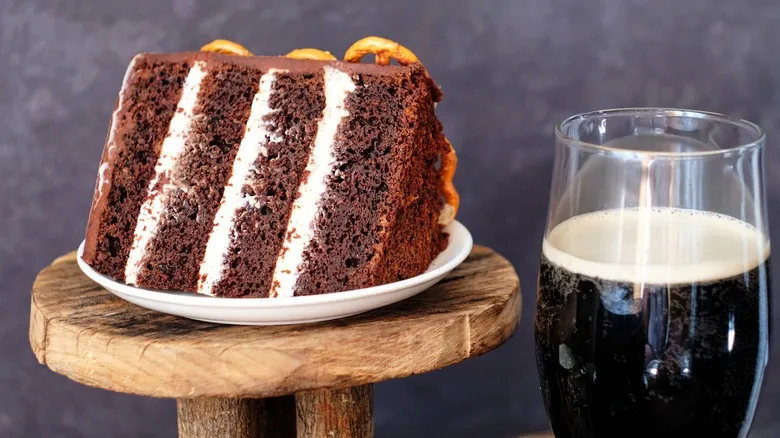
If you're looking to elevate your cooking by incorporating stout, there are numerous recipes that can benefit from a dash of dark beer. Stout can be added to meat marinades and beef stews, enhancing their flavor. If you know that coffee or dark chocolate notes complement a certain dish, you can likely assume that stout will have a similar effect. Additionally, the carbonation in the beer can improve the texture and work wonders in batters, such as for fish and chips.
While stouts pair wonderfully with meats like beef and pork, they also shine in the dessert category. Jeff Manol suggests that the robust coffee flavors in stout make it an excellent choice for a boozy beer float topped with vanilla ice cream. If you enjoyed root beer floats as a child, you might find a stout float just as delightful as an adult. Manol also recommends trying a decadent chocolate stout cake, which has been popular for a while. If you haven't had the chance to try one yet, consider baking a Guinness cake infused with Irish cream.
Recommended
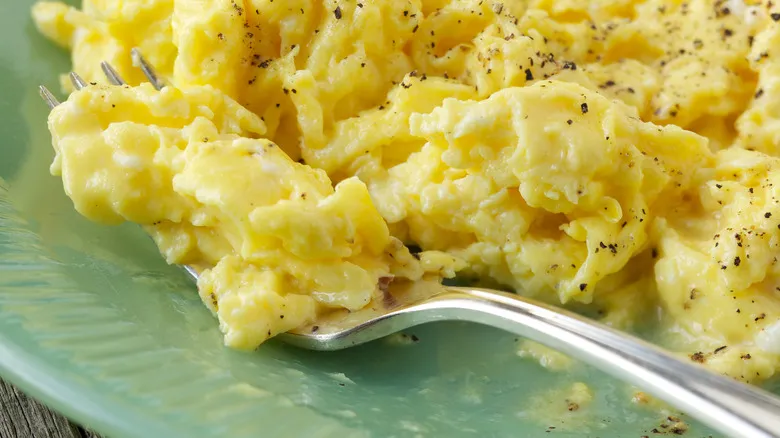
Use Sparkling Wine To Whip Up The Fluffiest Scrambled Eggs

The Difference Between A Vineyard And A Winery
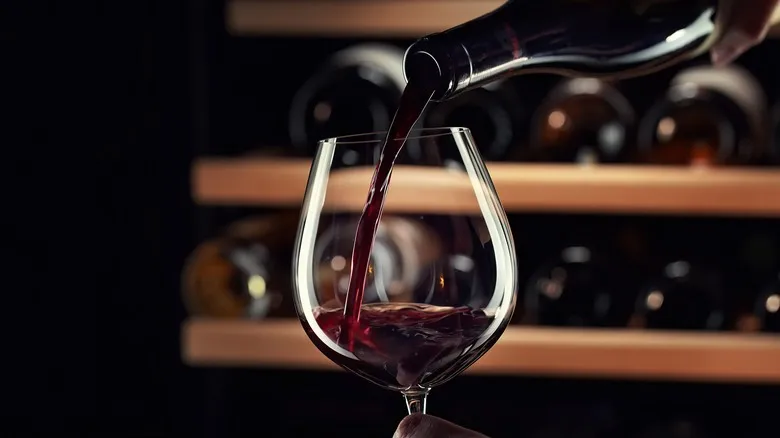
When In Rome, Add A Pinch Of Salt To Elevate Your Glass Of Red Wine
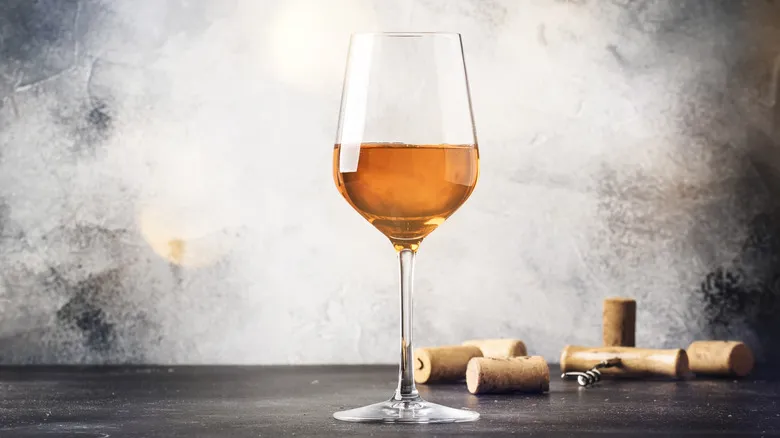
An Expert's Guide To Pairing Food With Orange Wine
Next up

